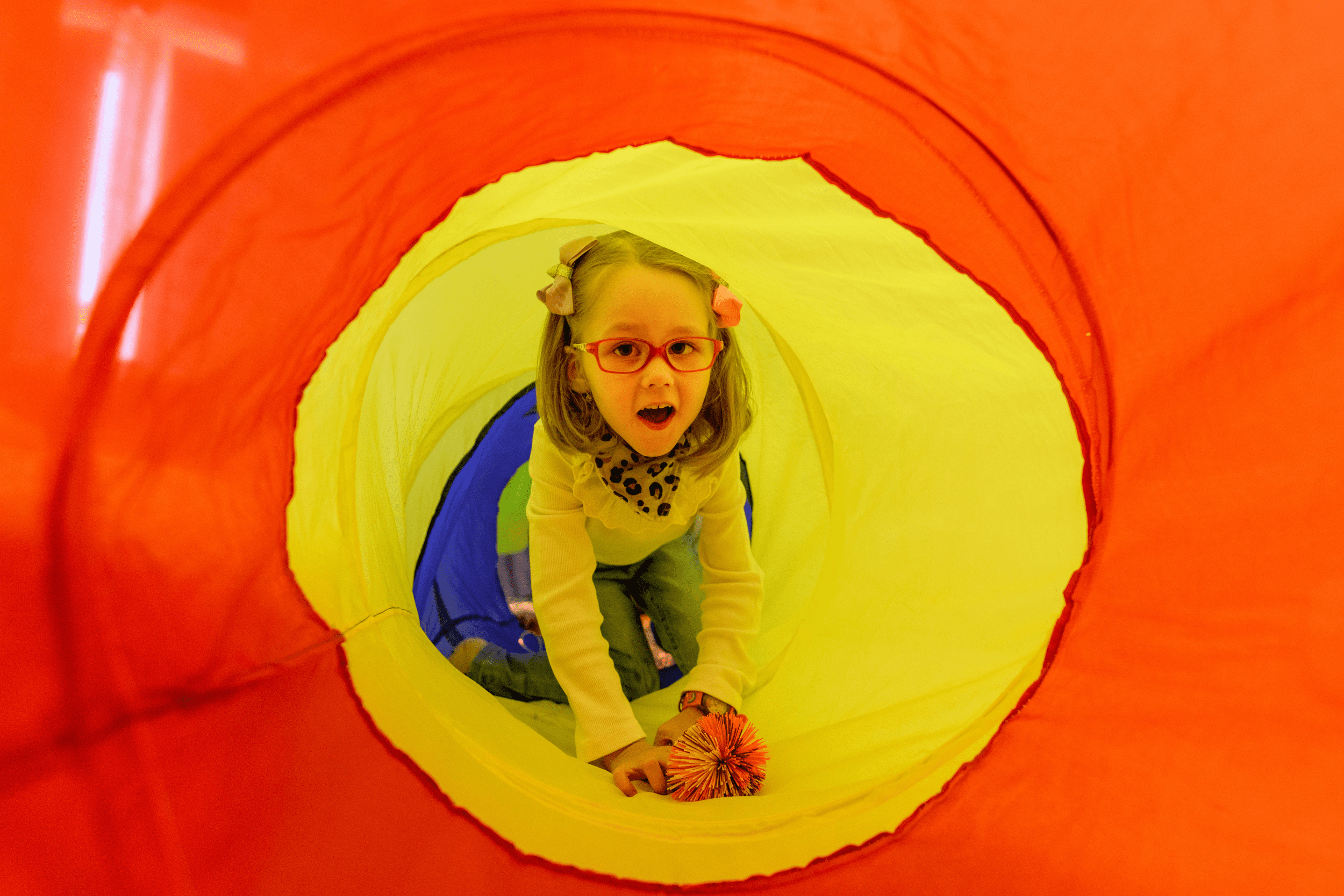
Becoming a parent is a joyous occasion, but it also comes with a host of responsibilities, including monitoring for any signs of developmental problems in your baby. One condition that can significantly impact a child’s quality of life is cerebral palsy, a neurological disorder that affects movement and coordination, often due to brain damage before, during or shortly after birth.
If your child has been left with cerebral palsy due to the circumstances of their birth, this can have life-changing consequences. Only through early diagnosis will the child be able to receive the treatment they need to achieve the best possible quality of life.
Here, the specialist cerebral palsy solicitors at JMW will explain how to identify signs and symptoms of cerebral palsy in babies, to help you to detect this serious condition as early as possible.
Understanding cerebral palsy
Cerebral palsy isn’t a single condition, but a term used for a range of neurological disorders that affect a child’s motor skills, balance and coordination. Various factors can contribute to this damage, such as:
- Lack of oxygen or blood supply to the baby’s brain during birth
- Infections during pregnancy
- Newborn infections like meningitis
- Improper management of newborn jaundice
- Severe head injuries in infancy
- Untreated hypoglycaemia (low blood sugar levels) in newborns
Certain babies are more at risk, including those born prematurely (especially before 32 weeks), those with low birth weight, and multiples like twins or triplets.
What are the signs of cerebral palsy?
Identifying cerebral palsy in its early stages can be challenging, especially for new parents who may not know what to look for. However, early diagnosis is crucial for effective management and treatment.
Here, we delve deeper into the signs and symptoms you should be aware of:
Physical symptoms
- Stiff or floppy muscles: One of the most telling signs is muscle tone. You may notice that your baby’s muscles are either too stiff or too floppy. Stiff muscles can make it difficult for the baby to move, while floppy muscles may make the baby appear more relaxed than normal, affecting their ability to hold their head up or sit without support.
- Weak arms and legs: A lack of strength in the arms and legs is another common symptom. This weakness can manifest as difficulty in gripping objects or an inability for the child to support their own weight when you try to stand them up.
- Unusual movements: Watch out for constant fidgeting, jerky movements, or muscle spasms and tremors in the hands. These irregular movements can be more noticeable when the baby is excited or stressed.
Developmental delays
- Sitting and walking milestones: Most babies can sit without support by eight months and walk by 18 months. Delays in reaching these milestones can be indicative of cerebral palsy. If your baby is struggling to sit up or shows no interest in standing or walking, it’s worth discussing with your healthcare provider.
- Motor skills: Pay attention to how your baby interacts with their environment. Struggling to grasp toys, not being able to hold their bottle, or not showing interest in crawling or rolling over are signs that should not be ignored.
Additional signs
- Learning difficulties: About half of children with cerebral palsy experience learning disabilities. This could manifest as a delay in speech development or difficulty in understanding simple instructions.
- Feeding and swallowing issues: Babies with cerebral palsy may have trouble sucking or swallowing, which can make feeding times particularly challenging.
- Speech problems: As your child grows, you might notice that they have difficulty forming words or sentences, which could be a sign of cerebral palsy affecting their oral motor functions.
- Seizures: Seizures or fits are another sign that there might be neurological issues. If your baby experiences seizures, immediate medical attention is required.
- Sleep disturbances: Difficulty falling or staying asleep can also be associated with cerebral palsy, as the condition can affect the nervous system’s regulation of basic bodily functions.
- Gastrointestinal issues: Reflux or gastro-oesophageal reflux disease is common in babies with cerebral palsy. This can cause frequent vomiting and discomfort.
It is also important to remember that cerebral palsy encompasses a number of distinct disorders, all of which have slightly different definitions and symptoms. Below are the four main types of cerebral palsy and their symptoms:
- Spastic cerebral palsy This condition is mostly associated with muscle stiffness and tightness. As such, spastic cerebral palsy symptoms are mostly related to abnormal movements, as the child’s range of motion will be limited
- Dyskinetic cerebral palsy: This condition causes the muscles to alternate between being stiff and floppy, resulting in spasms, uncontrolled movement and abnormal muscle tone. Dyskinetic cerebral palsy is also known as athetoid cerebral palsy
- Ataxic cerebral palsy: This condition is linked to balance and coordination issues, resulting in wobbly or awkward movements and occasional tremors. Children with ataxic cerebral palsy may have issues with walking, holding objects and writing
- Mixed cerebral palsy: A child with this condition will experience symptoms from multiple types of cerebral palsy at the same time. The most common variation of mixed cerebral palsy combines the symptoms of dyskinetic and spastic cerebral palsy
By being vigilant and observant, you can spot these signs early on. If you notice any of these symptoms, it is crucial to consult your healthcare provider for a comprehensive evaluation and diagnosis. Early intervention can make a significant difference in your child’s quality of life.
Treatment options for cerebral palsy
While there’s no cure for cerebral palsy, early intervention can significantly improve your child’s quality of life. Treatment often involves a team of healthcare professionals, including paediatricians, occupational therapists and physiotherapists. Therapies may include:
- Physiotherapy: Encouraging movement, improving muscle strength, and preventing muscles from shortening
- Speech and language therapy: Providing exercises to practise speech or learn alternative forms of communication. This can also help with difficulties swallowing
- Occupational therapy: Providing advice for children with cerebral palsy on how to approach everyday tasks, such as going to the toilet, and making this easier for them
- Medicinal treatment: Certain medications can be prescribed to help children to manage stiff or tight muscles, among other symptoms
- Educational support: Working out what kind of accommodations a child might require in order to attend a mainstream school, or identifying children with special educational needs who might benefit from attending a special school
- Surgery: Surgical interventions are used in certain cases to help restore movement to parts of the body, making walking easier, repairing hip dislocations and correcting scoliosis
Although the symptoms of cerebral palsy can have a significant impact on a child’s life, proper treatment can deliver improved outcomes, especially for those with milder forms of cerebral palsy.
When to seek legal advice
Discovering that your child has cerebral palsy can be an emotionally overwhelming experience. While cerebral palsy can occur due to a variety of factors, there are instances where it may result from medical negligence during childbirth. This could be due to errors such as improper use of birth-assisting tools, delayed C-sections, or inadequate monitoring of the baby’s oxygen levels. In such cases, you may be entitled to seek legal compensation to help cover the costs of your child’s ongoing care, medical treatments and therapies.
Legal advice is crucial in navigating the complexities of medical negligence claims. A qualified solicitor can help you understand your rights, the legal process and what kinds of compensation you might expect. This compensation can be invaluable in providing the resources you’ll need to ensure the highest quality of life for your child. It can cover a range of needs, from specialised medical equipment and home modifications to educational support and long-term care. Therefore, if you have any suspicions that your child’s cerebral palsy resulted from medical negligence, it’s advisable to consult a legal expert as soon as possible.
Being vigilant about your child’s developmental milestones can help in early diagnosis of cerebral palsy. If you notice any of these signs, consult a healthcare provider for a thorough evaluation. Early diagnosis and intervention can play an essential role in guiding your child’s wellbeing, now and in the future.


Comments (2)
shark tanksays:
January 3, 2024 at 8:15 amI frequently write on blogs, and I just wanted to say how much I enjoy reading your content.
temproary emailsays:
January 4, 2024 at 8:43 pmI had a great time with that, too. Despite the high quality of the visuals and the prose, you find yourself eagerly anticipating what happens next. If you decide to defend this walk, it will basically be the same every time.